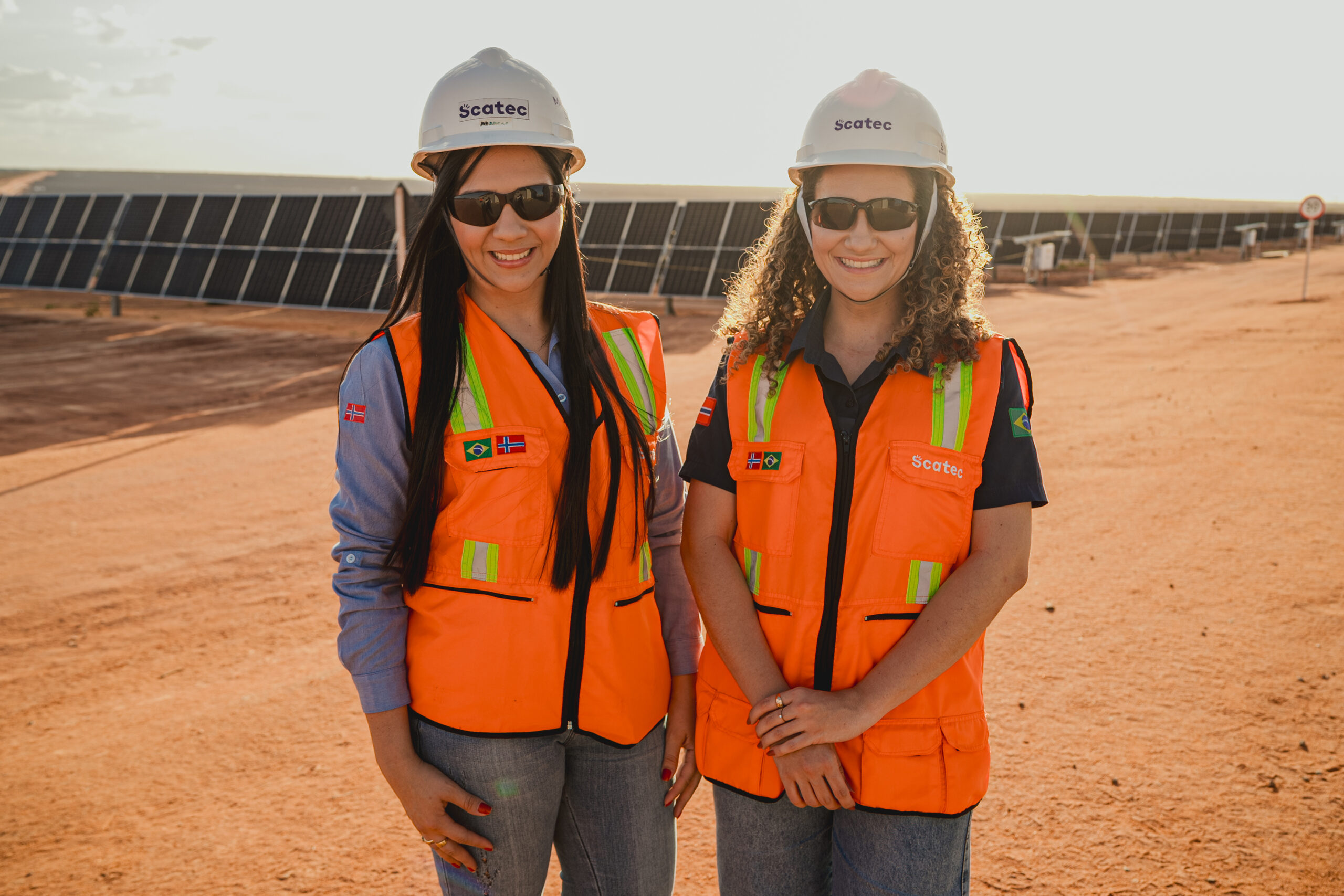Alignment assessment
For eligible economic activities to qualify as Taxonomy aligned, economic activities must fulfil the technical screening criteria defined in the Taxonomy Delegated Acts:
- Make a substantial contribution to at least one environmental objective.
- Do no significant harm (DNSH) to any other environmental objective.
Furthermore, the Company carrying out the activities must comply with the Taxonomy’s Minimum Social Safeguards.
Since 2020, Scatec, along with third parties, carried out multiple assessments to confirm alignment of its economic activities with the Taxonomy criteria and to identify potential gaps. The assessments are specific to the six environmental objectives and the DNSH technical criteria. In 2022, an internal climate risk and risk mitigation assessment was performed for each solar and wind plant. During the last year, Scatec screened each project following a standardised template covering the criteria for substantial contribution and all applicable DNSH, as well as the minimum social safeguards criteria (on a corporate level).



